The new Suzhou Museum was opened in 2006 and designed by the world-renowned architect I.M. Pei.
Since last week’s post about Luzhi (a water town) was such a hit, I decided to post more about my trip to China. Today, I want to show you a little bit about the Suzhou Museum.
In somewhere like China, there is so much to see and do that it would be impossible to fit it all into one blog post. Of course, if you are on vacation, then you will want to spend much of your time relaxing – perhaps dining in some of this country’s amazing restaurants. However, there is also a good range of attractions, and the Suzhou Museum is certainly one which I would recommend. Take a look below to find out a little more about this particular point of interest.
This being China, you cannot expect a regular or usual museum.
Let’s start from the beginning. A lot of people are not familiar with the city of Suzhou. People know about Beijing, Xian, Shanghai, Hong Kong, and maybe some other smaller cities. But, Suzhou? Not so popular as the before mentioned megastars. Suzhou is located in the Jiangsu province (which is adjacent to the Shanghai municipality) and it is part of the Yangtze River delta region. The city has more than 2 million residents. That’s pretty big. In addition, the population is growing at gigantic steps. The city has a rich history that dates from 2,500 years ago and contains historical and cultural places of immeasurable value.
The museum was founded in 1960 and located at the Zhong Wang Fu palace complex which is a historical landmark. In 2006, a new museum, designed by the world-renowned architect I.M. Pei, was opened. Pei is the architect who designed the Bank of China Tower in Hong Kong and the glass and steel pyramid on the Louvre. His design for the Suzhou Museum creates harmony between this new building and the old architecture of the Zhong Prince’s Palace. Your eyes just don’t find disturbing the mix of old and new. The clean new design provides a passage to years and years of history.
The museum contains about 30,000 cultural relics. Those relics go from ceramics to books, from stone inscriptions to calligraphy, and from paintings to crafts.
Here are some samples of what the museum displays. Pardon these particular photos, but I am obviously not an expert at uneven lit spaces photography. Plus, these were taken with my old point and shoot camera.
As I said, the museum was originally founded on a national historical landmark. The Palace next to the museum was the property of Liu Xiucheng (also known as the Zhong Prince). He was the most important military leader during the Taiping Rebellion. This rebellion can be understood as the civil war that took place in southern China from 1850 to 1864. Basically, the war was between the Taiping Heavenly Kingdom followers (believe it or not, Christians) and the Qing Dynasty followers (Confucians and Buddhists). Looks like people fight over and over again for the same motives. His Palace is the only one remaining from the Taiping Rebellion times.
The Palace is in a spectacular preservation state. You can admire the different rooms (bedroom, kitchen, living room) and even a throne room. There are also pleasant gardens and beautiful ponds.
I don’t know about you but I would like to take another look at the building designed by I.M. Pei. I just love it.
Hope you liked today’s post. If so, please remember to subscribe by mail, follow me on Pinterest, or like my Facebook page.
The museum is located at the following address:
204 Dong Bei Jie
Suzhou Jiangsu China 215001
www.szmuseum.com
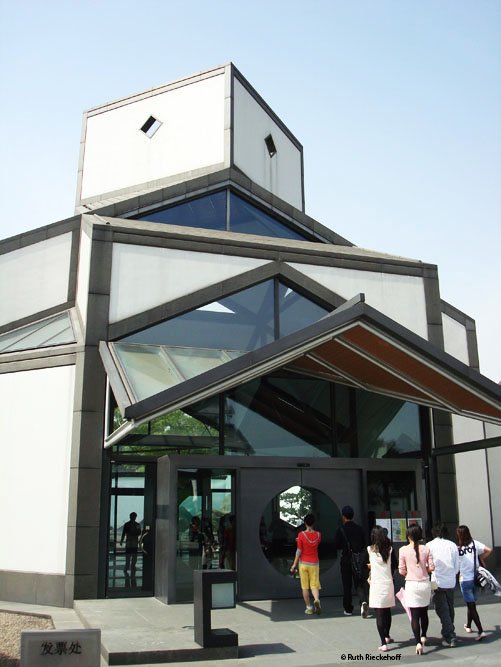
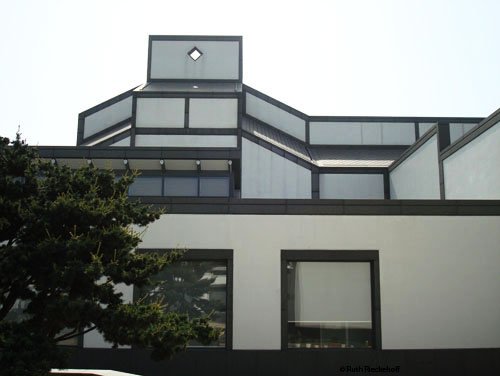
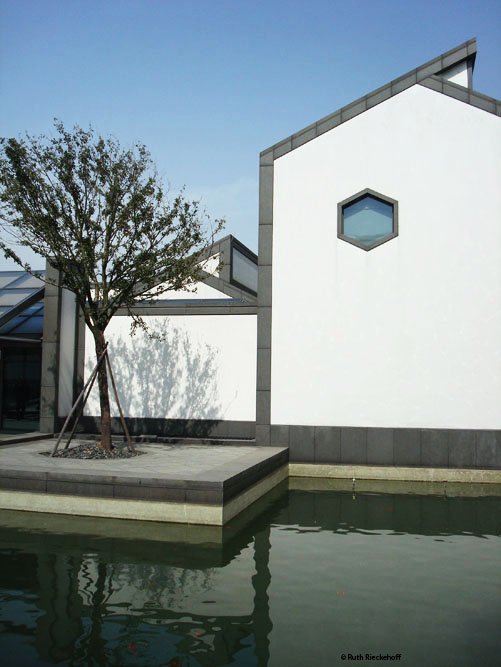
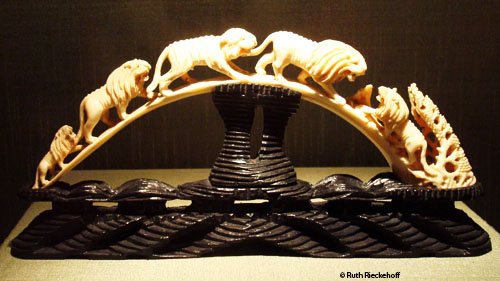

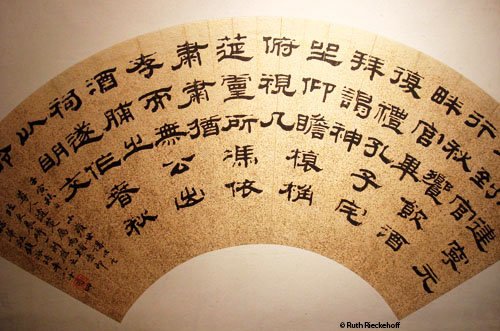
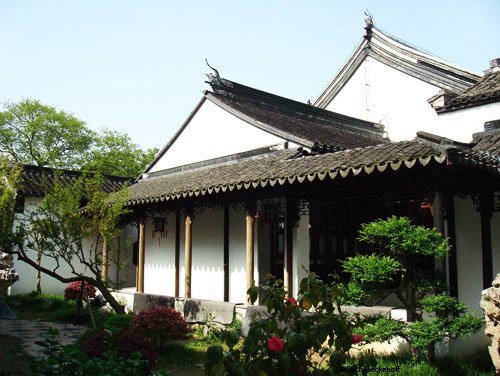
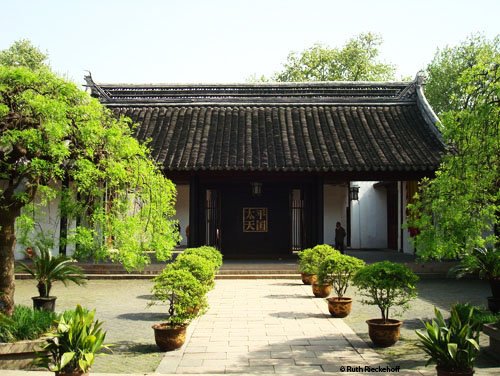
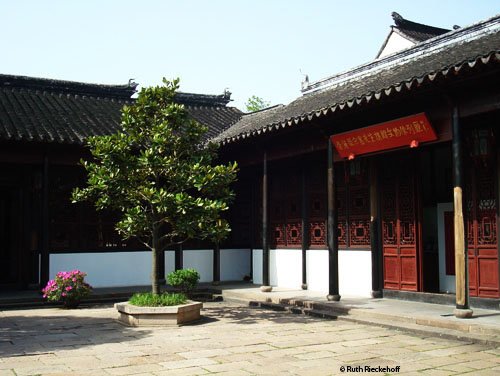
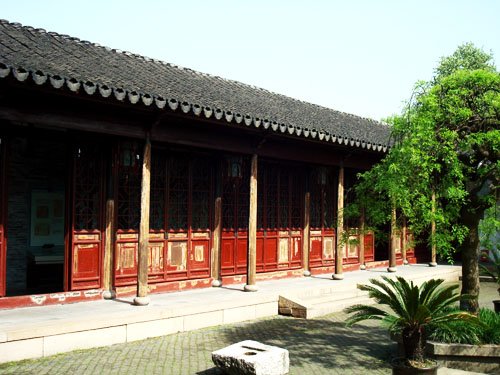






Jeremy B says
Really love the architecture of the suzhou museum!
Ruth says
Cool, right?
Michael Figueiredo says
This museum looks very cool! I love how modern it is juxtaposed with the traditional Chinese buildings.
Ruth says
The architect pulled it off phenomenally.